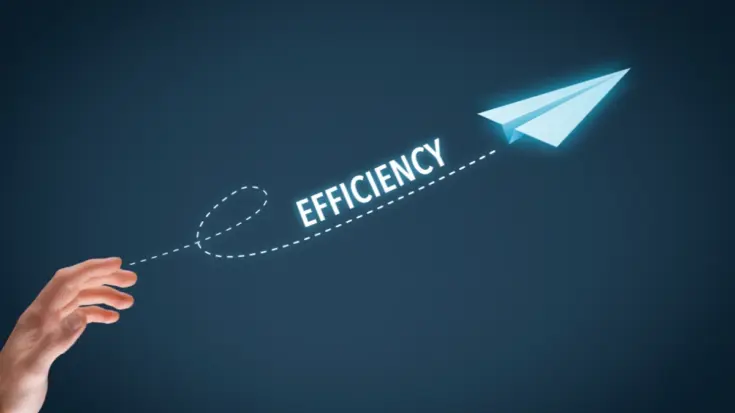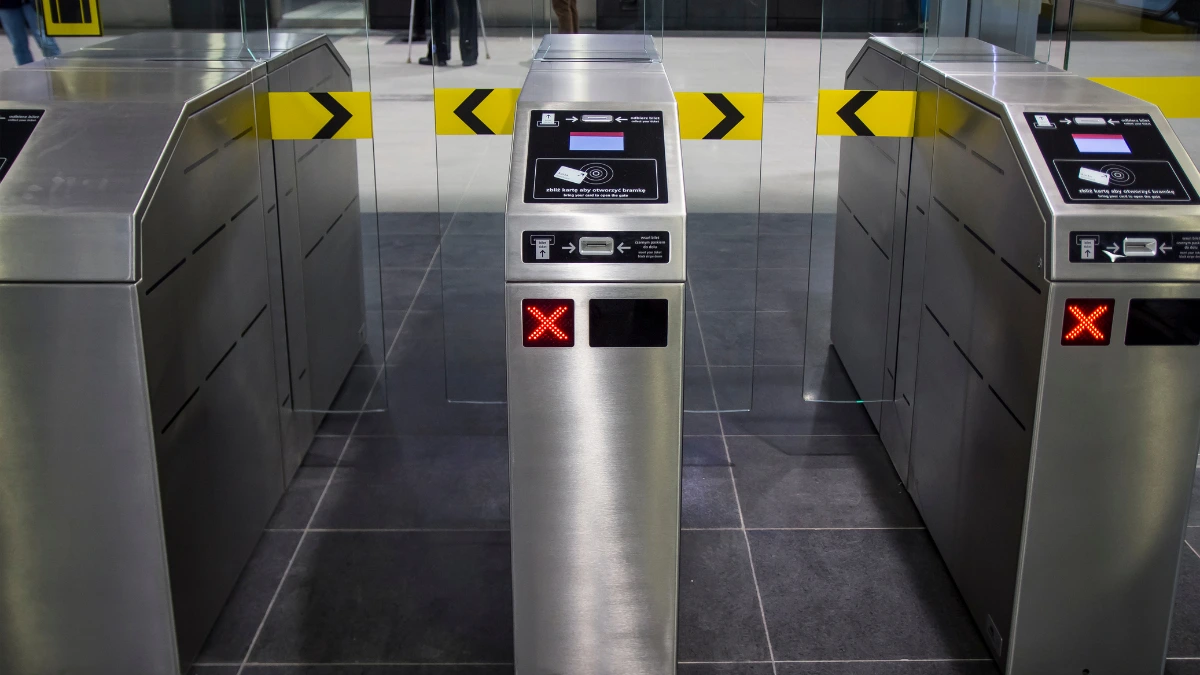A flap barrier gate opener offers numerous benefits, including the ability to control the entry and exit of people or goods in a specific area. However, the advantages and disadvantages of flap barrier cannot be easily separated, even though the benefits are evident.
The advantages and disadvantages of flap barriers include traffic flow efficiency, easy integration, and a high security level, while the disadvantages include technical malfunction, lack of flexibility, and relatively high installation costs.
This article will inform you about some of the advantages and disadvantages of flap barriers that you can consider.
Also Read
Table of Contents
The Advantages and Disadvantages of Flap Barrier

Like any other technology, flap barriers have several advantages that can be utilized and disadvantages to consider.
The advantages of flap barriers include traffic flow efficiency, easy integration, and a high security level, while the disadvantages include technical malfunction, lack of flexibility, and relatively high installation costs. Here are the advantages and disadvantages of flap barrier:
The Advantages of the Flap Barrier
Here are some advantages of a flap barrier:
1. Traffic flow efficiency

One of the advantages of flap barriers is that they improve traffic flow efficiency. In high-volume areas such as stations or airports, these devices can help people move quickly and efficiently.
2. Easy integration
Another advantage of flap barriers is their ease of integration. Various access control systems, such as RFID cards, fingerprint recognition, or facial recognition, can be easily integrated with this device.
3. Easy maintenance
Another advantage of flap barriers is their easy maintenance. These devices are made from durable materials, so they do not require complicated maintenance when in use.
4. High security level
A high security level is another advantage of flap barriers. With access control, these devices can prevent unauthorized access and detect intruders, thereby enhancing the security level of an area.
The Disadvantages of the Flap Barrier
Here are some disadvantages of a flap barrier:
1. Risk of technical malfunction

One of the drawbacks of flap barriers is the risk of technical malfunction. Like most other electronic devices, these devices are also susceptible to technical malfunctions or damage that may interfere with their operation.
If such technical problems occur, they will certainly cause potential congestion, as they can cause traffic jams on busy roads.
2. Lack of flexibility
Lack of flexibility is another drawback of flap barriers. Compared to other systems, such as swing barriers, this device is less flexible, especially for users with special needs, such as wheelchair users.
3. Relatively high installation costs
Another drawback of flap barriers is their relatively high installation costs. This device has components that require a significant initial investment for installation.
These are the advantages and disadvantages of flap barriers to consider before deciding to use them. When you choose to use a flap barrier gate opener, you can feel all the advantages of reduced risk of technical malfunction, lack of flexibility, and relatively high installation costs.
However, don’t forget to consider the disadvantages of traffic flow efficiency, easy integration, and high security level. Another thing to note is that a flap barrier gate opener must pass the certification test from the Directorate General of Digital Infrastructure (DJID).
With a DJID certification, users can feel calm about using a flap barrier whose quality and security are guaranteed. For manufacturers or importers of flap barriers, obtaining certification from DJID is a mandatory step before the device can be officially marketed in Indonesia.
To simplify the certification process, Type Approval Certification Services for ICT Products are available to assist with this process as a reliable solution.


















